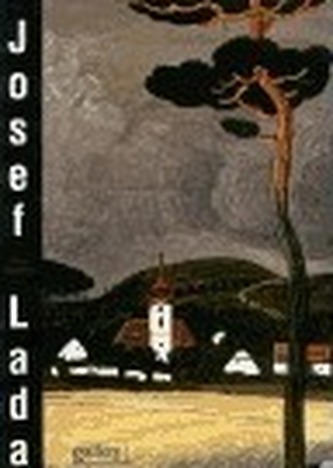Josef Lada
960 Kč
Sleva až 70% u třetiny knih
Josef Lada se zcela spontánně stal klasikem a jeho dílo je
všeobecně respektováno. Na druhé straně se vymyká jakémukoliv
zařazení, a proto se na něj v přehledech českého umění často
zapomínalo. Lada vyšel ze secese, ale brzy si vytvořil vlastní
lineární styl, inspirovaný lidovým uměním. Byl především
karikaturistou a ilustrátorem (světově se proslavil zejména
doprovodem Dobrého vojáka Švejka J. Haška), v jeho volné tvorbě
většinou najdeme motivy z pohádek a z českého venkova, kde vyrostl
a kam se posléze i vrátil. Výpravná monografie z pera Pavly
Pečinkové, vydaná u příležitosti ohromné výstavy v Jízdárně
Pražského hradu, mapuje všechny tyto oblasti. Přináší velké
množství reprodukcí včetně srovnávacího materiálu, který jej poprvé
zařazuje do širšího kontextu českého umění.
Josef Lada became quite spontaneously a classic and his work
is generally respected. On the other hand, he eludes any
classification and therefore has been often forgotten in the
surveys of Czech art. Lada´s ground was in Art Nouveau, however, he
soon created his own linear style inspired by folk art. He was
especially a caricaturist and an illustrator (the illustrations
accompanying The Good Soldier Schveik by Jaroslav Hašek brought him
world renown), in his free works mostly fairy-tale motives can be
found together with scenes from the Czech country, where he was
born and where he later returned. The exquisitely laid out
monograph authored by Pavla Pečinková, published at the occasion of
the great exhibition in Jízdárna Pražského hradu exhibition hall
(the Riding-Hall of the Prague Castle), surveys all these spheres.
It brings a large number of reproductions including the comparative
material introducing him for the first time into a broader context
of Czech art.
English
Josef Lada became quite spontaneously a classic and his work
is generally respected. On the other hand, he eludes any
classification and therefore has been often forgotten in the
surveys of Czech art. Lada´s ground was in Art Nouveau, however, he
soon created his own linear style inspired by folk art. He was
especially a caricaturist and an illustrator (the illustrations
accompanying The Good Soldier Schveik by Jaroslav Hašek brought him
world renown), in his free works mostly fairy-tale motives can be
found together with scenes from the Czech country, where he was
born and where he later returned. The exquisitely laid out
monograph authored by Pavla Pečinková, published at the occasion of
the great exhibition in Jízdárna Pražského hradu exhibition hall
(the Riding-Hall of the Prague Castle), surveys all these spheres.
It brings a large number of reproductions including the comparative
material introducing him for the first time into a broader context
of Czech art.
Josef Lada became quite spontaneously a classic and his work
is generally respected. On the other hand, he eludes any
classification and therefore has been often forgotten in the
surveys of Czech art. Lada´s ground was in Art Nouveau, however, he
soon created his own linear style inspired by folk art. He was
especially a caricaturist and an illustrator (the illustrations
accompanying The Good Soldier Schveik by Jaroslav Hašek brought him
world renown), in his free works mostly fairy-tale motives can be
found together with scenes from the Czech country, where he was
born and where he later returned. The exquisitely laid out
monograph authored by Pavla Pečinková, published at the occasion of
the great exhibition in Jízdárna Pražského hradu exhibition hall
(the Riding-Hall of the Prague Castle), surveys all these spheres.
It brings a large number of reproductions including the comparative
material introducing him for the first time into a broader context
of Czech art.
Josef Lada wurde ganz spontan zum Klassiker und sein Werk
wird allgemein respektiert. Da dieses Werk jedoch in keine der
herkömmlichen Richtungen paßt, wurde es in der Literatur oft
vernachlässigt. Ladas Anfänge waren mit dem Jugendstil verbunden,
bald entwickelte er jedoch seinen eigenen, durch die Volkskunst
inspirierten Linearstil. Er war vor allem ein Karikaturist und
Illustrator (weltberühmt wurde er vor allem durch seine
Illustrationen zum Braven Soldat Schweik von J. Hašek), in seiner
freien Schöpfung überwiegen die Motive des tschechischen Landes, wo
er aufgewachsen war und wohin er später zurückkam. Diese sehr gut
ausgestattete Monografie von Pavla Pečinková, die anläßlich einer
großen Ausstellung in der Reitschule der Prager Burg erschien,
widmet sich all diesen Schöpfungsbereichen. Sie enthält viele
Reproduktionen, die einen Vergleich ermöglichen, und stellt somit
Lada im Kontext der tschechischen Kunst vor.
Deutsch
Josef Lada wurde ganz spontan zum Klassiker und sein Werk
wird allgemein respektiert. Da dieses Werk jedoch in keine der
herkömmlichen Richtungen paßt, wurde es in der Literatur oft
vernachlässigt. Ladas Anfänge waren mit dem Jugendstil verbunden,
bald entwickelte er jedoch seinen eigenen, durch die Volkskunst
inspirierten Linearstil. Er war vor allem ein Karikaturist und
Illustrator (weltberühmt wurde er vor allem durch seine
Illustrationen zum Braven Soldat Schweik von J. Hašek), in seiner
freien Schöpfung überwiegen die Motive des tschechischen Landes, wo
er aufgewachsen war und wohin er später zurückkam. Diese sehr gut
ausgestattete Monografie von Pavla Pečinková, die anläßlich einer
großen Ausstellung in der Reitschule der Prager Burg erschien,
widmet sich all diesen Schöpfungsbereichen. Sie enthält viele
Reproduktionen, die einen Vergleich ermöglichen, und stellt somit
Lada im Kontext der tschechischen Kunst vor.
Josef Lada wurde ganz spontan zum Klassiker und sein Werk
wird allgemein respektiert. Da dieses Werk jedoch in keine der
herkömmlichen Richtungen paßt, wurde es in der Literatur oft
vernachlässigt. Ladas Anfänge waren mit dem Jugendstil verbunden,
bald entwickelte er jedoch seinen eigenen, durch die Volkskunst
inspirierten Linearstil. Er war vor allem ein Karikaturist und
Illustrator (weltberühmt wurde er vor allem durch seine
Illustrationen zum Braven Soldat Schweik von J. Hašek), in seiner
freien Schöpfung überwiegen die Motive des tschechischen Landes, wo
er aufgewachsen war und wohin er später zurückkam. Diese sehr gut
ausgestattete Monografie von Pavla Pečinková, die anläßlich einer
großen Ausstellung in der Reitschule der Prager Burg erschien,
widmet sich all diesen Schöpfungsbereichen. Sie enthält viele
Reproduktionen, die einen Vergleich ermöglichen, und stellt somit
Lada im Kontext der tschechischen Kunst vor.
| Autor: | Pavla Pečinková |
| Nakladatel: | Gallery |
| ISBN: | 80-86010-13-9 |
| Rok vydání: | 1999 |
| Jazyk : | Čeština |
| Vazba: | vázaná |
| Počet stran: | 208 |
| Zařazení: | monografie • 20. stol. • Lada, Josef, • české výtvarné umění |
Mohlo by se vám také líbit..
-
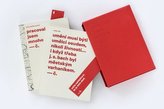
Pracoval jsem mnoho - Soupis výtvarné...
Pavla Pečinková
-
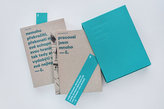
Pracoval jsem mnoho - Soupis výtvarné...
Pavla Pečinková
-
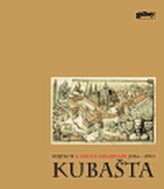
Utajený kouzelník Vojtěch Kubašta (19...
Adolf Branald
-
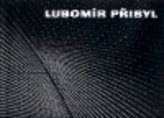
Lubomír Přibyl
Jiří Valoch
-
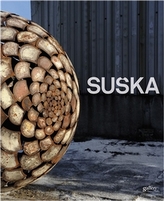
Čestmír Suška
Jaromír Maštera
-
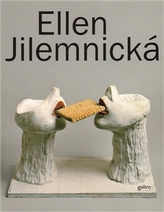
Ellen Jilemnická
Petr Wittlich
-
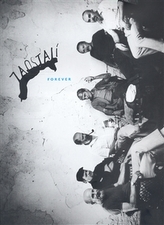
Zaostalí Forever
-
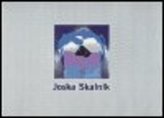
Joska Skalník
Joska Skalník
-
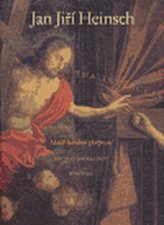
Jan Jiří Heinsch - Malíř barokní zbož...
Šroněk Michal
-
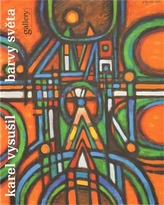
Karel Vysušil
Ivo Janoušek
-
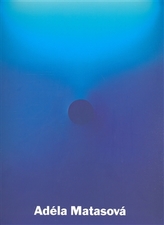
Adéla Matasová
Jiří Fiala
-
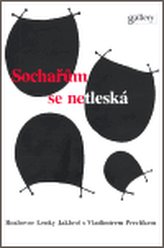
Sochařům se netleská
Vladimír Preclík
-
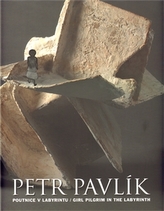
Poutnice v Labyrintu / Girl Pilgrim i...
Petr Pavlík
-
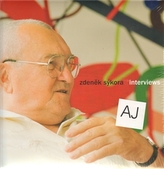
Interviews - Zdeněk Sýkora
Lenka Sýkorová
-
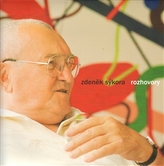
Rozhovory - Zdeněk Sýkora
Lenka Sýkorová
-
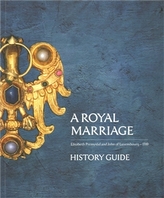
A Royal Marriage - History Guide




